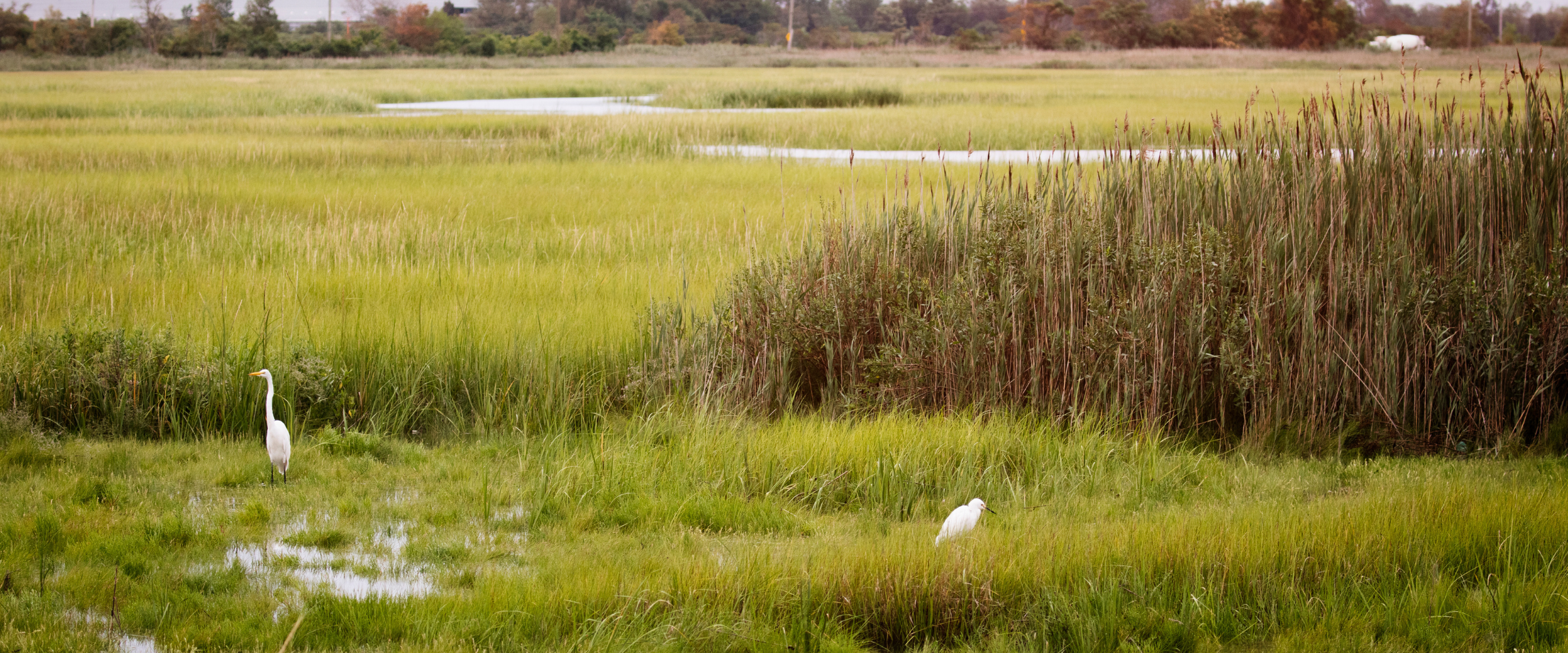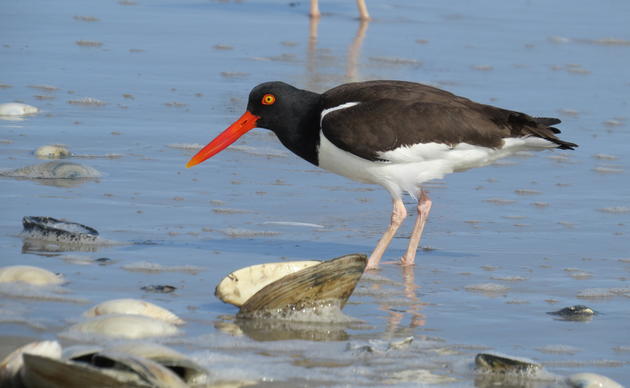For 40 years, the Coastal Barrier Resources Act (CBRA) has protected millions of acres of pristine, undeveloped beaches and wetlands across much of the United States.
By preventing wasteful federal spending in sensitive coastal areas, it saves taxpayers billions of dollars, provides birds a safe habitat, and buffers nearby communities against storms and sea-level rise.
Following years of study and public input, the U.S. Fish and Wildlife Service is recommending that Congress add more than 277,000 acres to the CBRA system in nine states most affected by Hurricane Sandy (including New Hampshire, Massachusetts, Rhode Island, Connecticut, New York, New Jersey, Delaware, Maryland, and Virginia).
Congress must act to gain new protections for nearly 20,000 acres of undeveloped shoreline, wetlands, and estuaries on New York’s coast along Long Island Sound and the Atlantic Ocean.
Existing Protections: Over 108,000 acres on New York's coast
Today, 108,291 acres along the New York coast are included in the CBRA system. This includes 10,462 acres of land and 58,413 acres of wetlands in "System Units," in which nearly all federal expenditures are prohibited.
There are also 5,936 acres of land and 33,480 acres of wetlands in "Otherwise Protected Areas," in which only federal flood insurance is prohibited.
Together, these protected coastal areas serve as habitat for birds and nurseries for New York’s economically important fisheries. In 2020, the commercial fishing industry caught over 23 million pounds of fish and shellfish, valued at $34.2 million. Recreational anglers caught another 26.1 million pounds.
Proposed additions & corrections: New York would gain nearly 20,000 acres
During Hurricane Sandy in 2012, coastal wetlands prevented $625 million in property damages from Maine to North Carolina. We now have an opportunity to extend this protection to more areas on the East Coast.
If the U.S. Fish and Wildlife Service recommendations were enacted by Congress, New York would gain 19,779 acres in the CBRA system, including 2,615 acres of land and 17,164 acres of wetlands and estuarine areas. Prior mapping errors would also be corrected, removing 242 acres of land, 87 acres of wetlands and estuarine areas, and 277 structures that were incorrectly included in the CBRA system in previous maps.
Congress must act now: Expand and protect the CBRA
New York’s congressional delegation should work with the House Natural Resources Committee and the Senate Environment and Public Works Committee to introduce and pass legislation to enact the U.S. Fish and Wildlife Service’s recommendations.
Congress must expand the CBRA system and defend it against harmful attempts to plunder sand from these important coastal buffers. Doing so will save federal tax dollars and make New York’s communities, economy, and wildlife more resilient to climate change and future storms for decades to come.
How you can help, right now
Donate to Audubon
Help secure the future for birds at risk from climate change, habitat loss and other threats. Your support will power our science, education, advocacy and on-the-ground conservation efforts.






